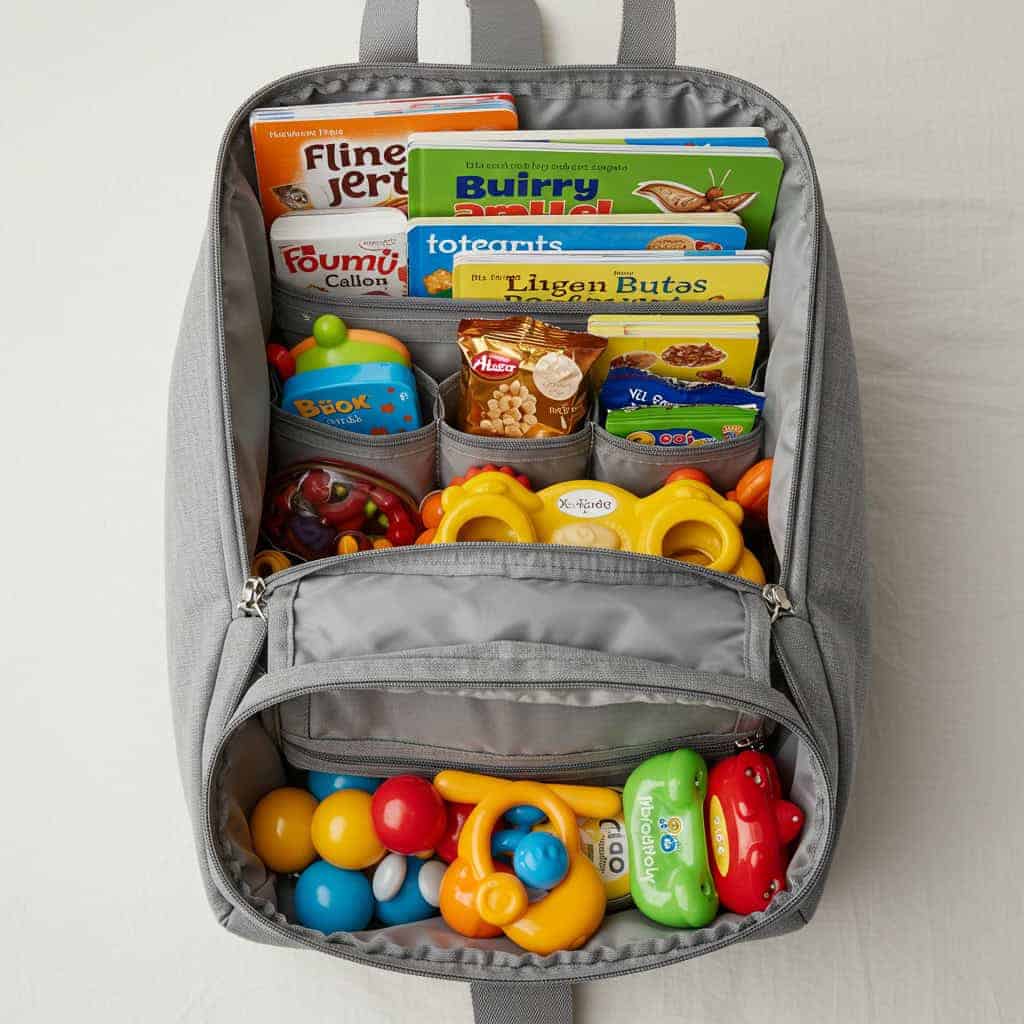How to Stay Calm and Handle Your Toddler’s Public Meltdowns Like a Pro
Public meltdowns are a normal part of toddler development, but managing them gracefully can feel overwhelming. With the right tools and perspective, it is possible to remain calm and guide little ones through big feelings, even in the most crowded places. Discover actionable, evidence-based strategies to turn those tough moments into opportunities for connection and growth while keeping your composure.
1. Keep Your Cool First

Modeling calmness helps diffuse tension in the moment. Take a deep breath and remind yourself that meltdowns are a developmental phase, not a reflection of your parenting. According to the American Academy of Pediatrics, children look to adults for emotional cues, so your composure matters. Staying collected reassures both your child and onlookers, creating a more supportive environment.
2. Acknowledge Their Feelings

Naming emotions validates your toddler’s experience: “I see you’re upset because we can’t buy that toy.” This empathy doesn’t mean giving in, but it helps children feel understood and seen. Research from Zero to Three highlights that labeling emotions can actually reduce the intensity and duration of tantrums. By calmly recognizing your child’s feelings, you lay the groundwork for emotional intelligence.
3. Offer Simple Choices

Give your child a sense of control by offering two acceptable options, such as “Would you like to walk or ride in the cart?” Simple choices empower toddlers and can help prevent meltdowns from escalating. The Centers for Disease Control and Prevention (CDC) recommends offering limited options to encourage cooperation and independence.
4. Use a Calm, Quiet Voice

Lowering your voice can encourage your child to do the same. Speaking softly signals safety and can help de-escalate the situation more effectively than raising your voice. Parenting experts at Verywell Family emphasize that using a calm tone supports children in regulating their emotions and feeling secure.
5. Remove from Overstimulating Environments

If possible, gently guide your child to a quieter spot away from noise and crowds. Overstimulation can make it much harder for toddlers to regain control of their emotions. Taking a break gives both you and your child space to calm down, which can be more effective than trying to reason in the moment. Child development specialists at KidsHealth recommend this approach.
6. Keep Explanations Brief

During a meltdown, long explanations can overwhelm your child and make calming down more difficult. Use simple, clear phrases like “We have to go now.” Save any detailed reasoning or discussion for a calmer moment. The Mayo Clinic advises parents to use concise communication when emotions are running high.
7. Practice Predictable Routines

Toddlers thrive on routine, especially in public settings where unpredictability can increase anxiety. Establishing predictable patterns, such as always visiting the park before running errands, helps your child know what to expect. This sense of security can prevent many meltdowns. Nemours Children’s Health highlights that routines are valuable tools for fostering emotional regulation in young children.
8. Pack Distraction Tools

Bring small toys, snacks, or books to keep your child engaged when you sense frustration starting to build. Having distractions on hand can redirect your toddler’s attention and diffuse tension before it escalates into a meltdown. The Cleveland Clinic emphasizes that preparation is key to successful outings with young children.
9. Ignore Minor Misbehavior

When it’s safe to do so, avoid giving attention to harmless outbursts or minor misbehavior. Instead, focus on and praise positive behaviors. Over time, this approach can help reduce the frequency of tantrums. The Child Mind Institute recommends selective ignoring to teach children that certain behaviors don’t get a reaction.
10. Offer Physical Comfort

A gentle hug or simply holding your child’s hand can provide much-needed reassurance during moments of distress. Physical touch activates calming hormones, helping your toddler feel safe and supported, as highlighted by Harvard Health Publishing. However, never force physical contact—wait for cues that your child is open to it. Sensitivity to their comfort level is key.
11. Debrief Afterwards

Once your child has calmed down, briefly discuss what happened and explore together what could be done differently next time. These gentle post-tantrum conversations help build your child’s emotional intelligence and problem-solving abilities. The Raising Children Network recommends talking through incidents after the fact as a valuable opportunity for learning and growth.
12. Practice Self-Compassion

Handling meltdowns in public can feel embarrassing, but being self-critical only adds unnecessary stress. Remind yourself that every caregiver faces these moments—meltdowns are a normal part of childhood. Practicing self-kindness lowers anxiety and helps you respond more calmly and effectively. As reported by Psychology Today, self-compassion is a powerful tool for navigating parenting challenges.
.article-content-img img { width: 100% }




